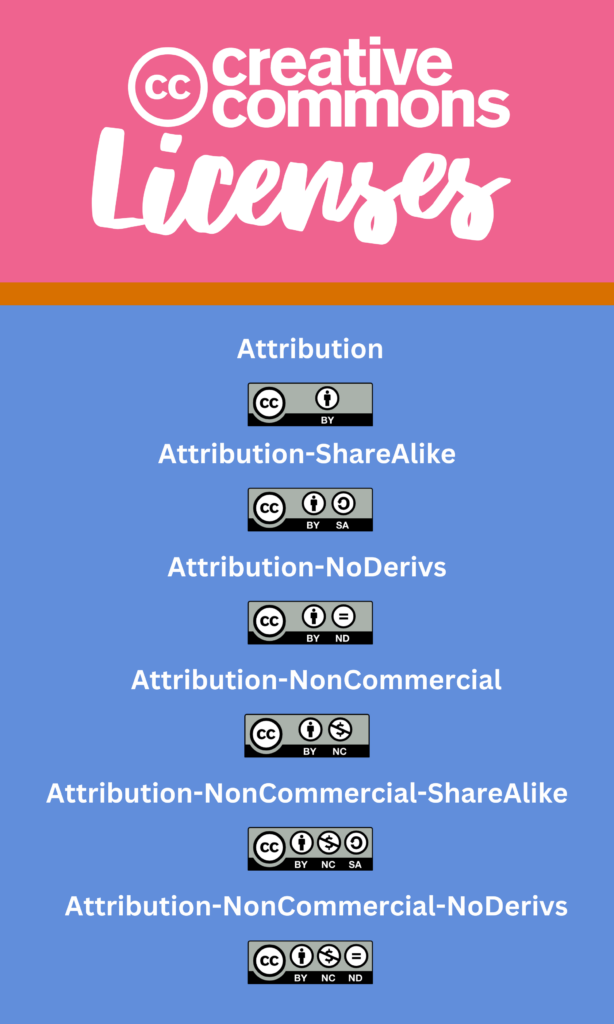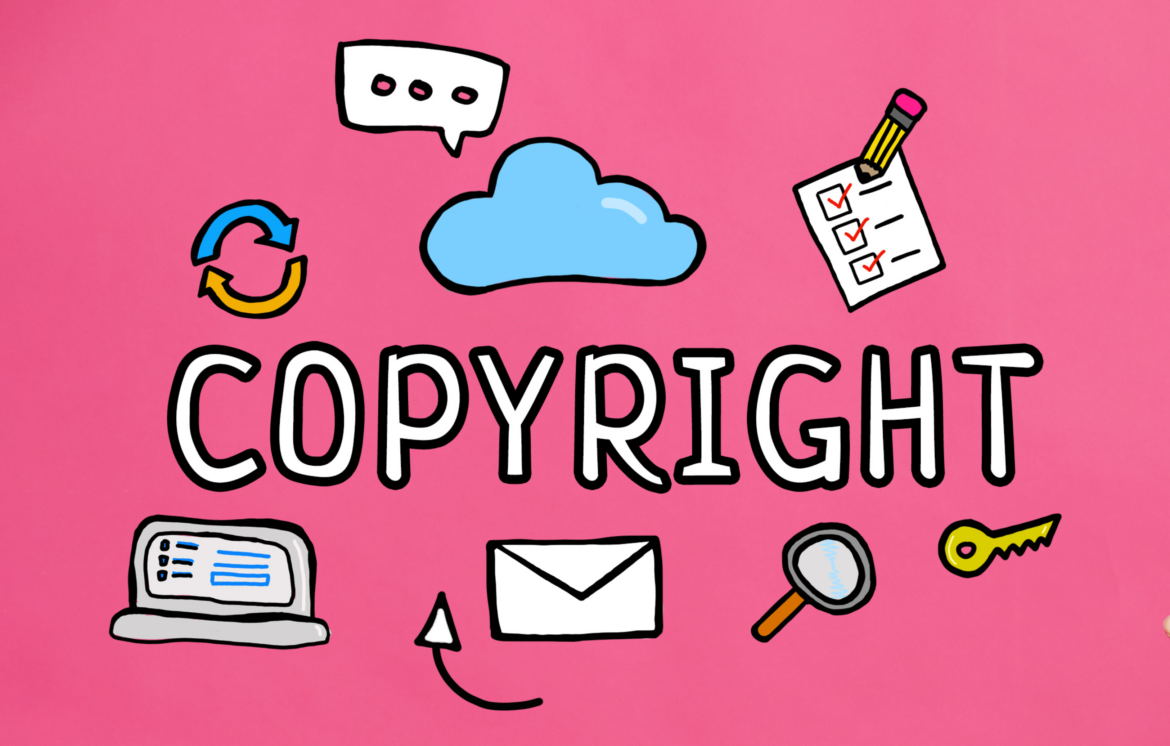Most people don’t find themselves breathless with excitement at the prospect of learning about copyright. If you were to play a word association game with the term copyright, you would likely get responses such as boring, confusing, unnecessary, or annoying. While those emotions might be legitimate, the truth is, understanding copyright is a necessary evil for both teachers and students. Let’s break it down into the most useful pieces of information.
What is copyright?
The most basic way to explain copyright is this: It’s a law that protects people who create by giving them the right to control who can use their creations and how. The following are protected by copyright:
- Books
- Stories
- Articles
- Blog Posts
- Song Lyrics
- Musical Composition
- Works Of Art
- Photographs
- Video Recordings
- Audio Recordings
Essentially, if it is highly creative, it’s protected by copyright law.
How do you know something is copyrighted?
A common misconception is that a copyright symbol must be present to show that a work is copyrighted; actually, once a work takes tangible form, it’s covered by copyright. So if you scribble a poem on a cocktail napkin, it’s copyrighted. Every picture you take with your phone is copyrighted. You don’t need the symbol, and you don’t need to officially register your work to have copyright law apply.

How can you use a copyrighted work?
Copyright law can be pretty unforgiving. To use a copyrighted work, you would have to determine who the copyright holder is and get permission to use the work. That can be time-consuming or even close to impossible. The internet makes it more confusing because it looks like everything is freely available to use. It can be really difficult to track down a copyright holder online because so many things, especially images, get shared over and over again. So if you’re about ready to give up ever using anything copyrighted ever again, don’t fret! There are a couple of things that make it much easier for educators to work easily within copyright law!
Fair Use
One nice option is Fair Use. While not an official part of copyright law, it still allows copyrighted works to be used for some very specific purposes – one of which is education. Now, that doesn’t mean you can run to the copy machine and make copies of a novel for your students instead of buying them! Fair Use says that copyrighted works can be used for educational purposes if used in small amounts (as opposed to in entirety) and if the impact doesn’t harm the market for that item. Since Fair Use isn’t officially part of copyright law, there aren’t any hard and fast guidelines for using works and calling it Fair Use. That makes some people nervous because they just don’t know when they may have crossed a line and used too much work or used it inappropriately.
Creative Commons
Luckily, there is another option that can be useful in the educational setting. That’s Creative Commons. This does work within existing copyright law, so it can be much clearer to understand what can and cannot be done with a copyrighted work. Creative Commons licenses were developed to give copyright holders clearly communicated control over certain aspects of their work, ranging from fairly lax requirements to pretty stringent. Creative Commons licenses indicate the following things:
- Attribution: all licenses require you to give credit to the original creator of the work; this also allows you to adapt, remix, and build upon someone else’s work.
- ShareAlike: this indicates that you are allowed to adapt, remix, and build upon another person’s work and then share your creation using the same licensing the original creator used.
- NoDerivs: this allows you to use someone else’s work but you can’t adapt it.
- NonCommercial: this allows you to adapt, remix, and build upon someone else’s work, but you can’t do it commercially.
There are actually six different Creative Commons licenses, using different combinations of the above elements. The least restrictive would be Attribution (do what you want, just give credit); the most restrictive would be Attribution-NonCommericial-NoDerivs (share someone’s work only as it is, non-commercially, and with credit given).

Teaching Students About Copyright
Because teachers and students alike use copyrighted materials daily for education, it’s important to have a basic understanding of what copyright is and how to work within it. Here is an excellent resource from the Learning Technology Center of Illinois that serves as a great guide for educators when it comes to Fair Use and Copyright.
For the younger learners, simply teaching them that anything they didn’t create on their own belongs to someone else and having them share where they found it will be sufficient. As students get older, however, they should learn the nuances of copyright, become familiar with Fair Use and Creative Commons, and learn ways to formally document their use of any copyrighted materials in school projects.
Copyright violations become increasingly severe as kids get older and become adults. Anything from a failing score on an assignment or a failed course to disciplinary measures like expulsion could happen to a student, depending on the severity of the violation and the student’s age. As an adult, it could cost someone his or her job or even result in fines or jail time. That’s why starting early instruction on copyright is so important.
If you’ve decided that copyright is fascinating, welcome to my world! If you’ve decided that copyright is fascinating, welcome to my world! Here are a few great resources for you to keep the learning going!
- Copyright information from the U.S. Copyright Office
- Fair Use information from the U.S. Copyright Office
- Creative Commons licenses
- Blog post from Learning Technology Center of Illinois written specifically for educators
Kids Can Care About Copyright, Too! Think kids can’t understand copyright? Think again! Learn how to break down copyright so it’s easy to understand, and discover tools your students can use to respect copyright!

